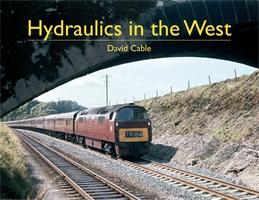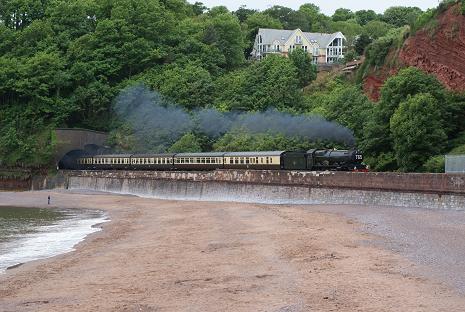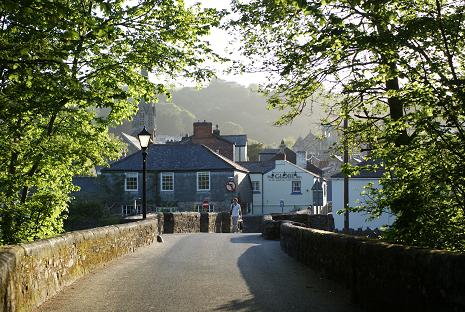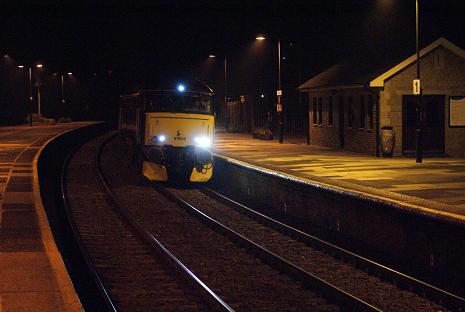I spent a fun day at the International N Gauge show at the Warwickshire Exhibition Centre, otherwise known as “The Cowshed”, just outside Leamington Spa. As a show dedicated to N-gauge modelling, with layouts large and small showcasing the possibilities of the scale, and the specialist traders out in force, it’s one of the major events of the year of the model railway calendar. It’s a good time to meet up with a lot of old friends from the railway modelling community, as well as getting inspiration from layouts, and of course buying stuff.
Compared with a few years ago the overwhelming majority of the layouts were British outline with only two or three continental European or North American layouts on display. I’ll put this down to the steadily improving quality of British models from Dapol and Bachmann in recent years.
This show has become a popular venue for nanufacturers to unveil their new products. One highlight for me was CJM‘s class 50, which for a suitably eye-watering price makes the Farish one look like the dated relic it is. Dapol‘s big annoucement surprised a lot of people. After a lot of online speculation as to what class of locomotive it would be, it turned out to be a range of working semaphore signals. They will initally be available as upper and lower quadrant home and distants, although bracket signals are also planned. The samples I saw in action certainly look impressive, driven by a small motor and worm rather than a solenoid, and seem straightforward to attach to a layout. Just drill a 13mm diameter hole.
Bachmann also had a number of new products on display, including fully-decorated Metro-Cammell class 101 DMUs, and advanced samples of the 4-CEP and Seimens Desiro EMUs. I can see some SR and LMR electric layouts in the coming years.
As is usual for this sort of thing, I ended up spending far too much money, and the stuff I bought, such as a class 24 and a secondhand blue class 108 DMU, had a decidedly Cambrian flavour. I did resist the temptation to buy a brass BLS Ae6/8, a Zurich S-Bahn double-deck set. or Dapol’s Grand Central HST, the latter of which looked superb but wouldn’t fit into any layout I might conceivably build.













 There are two prevailing myths about the Western Region’s diesel hydraulics locomotives. The first, propagated by partisan anti-Swindon types is that the whole project was a disastrous failure motivated by ex-GWR types wanting to be different purely for the sake of it. The second, propagated by Swindon’s own fans, is that the decision to phase out the diesel-hydraulics was a purely political one, intended to curb the Western Region’s independent spirit.
There are two prevailing myths about the Western Region’s diesel hydraulics locomotives. The first, propagated by partisan anti-Swindon types is that the whole project was a disastrous failure motivated by ex-GWR types wanting to be different purely for the sake of it. The second, propagated by Swindon’s own fans, is that the decision to phase out the diesel-hydraulics was a purely political one, intended to curb the Western Region’s independent spirit.







